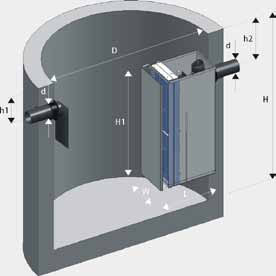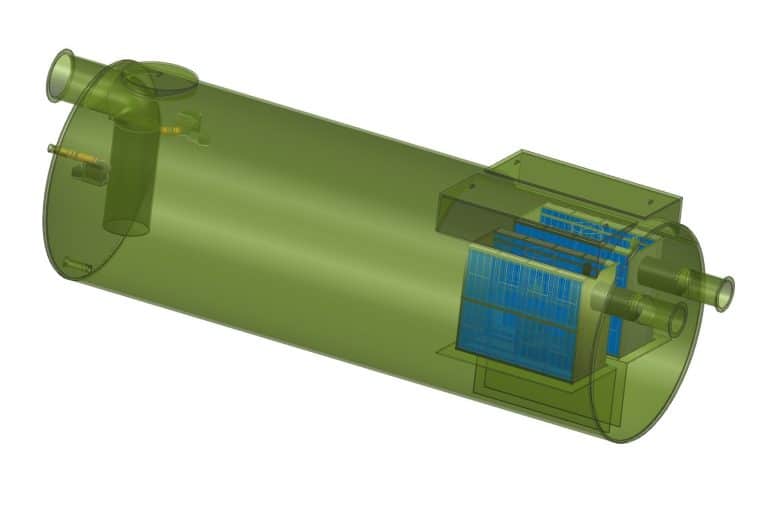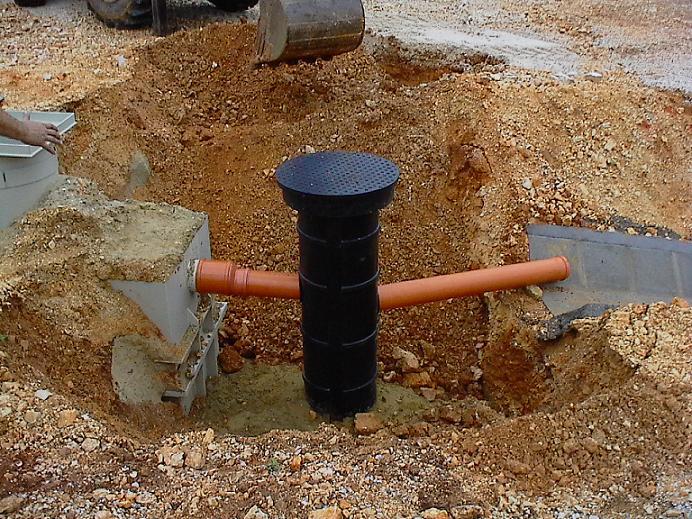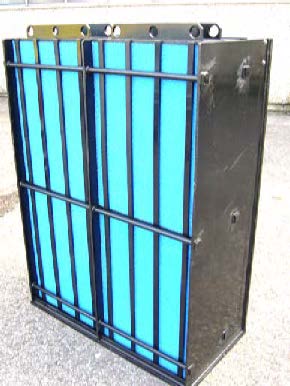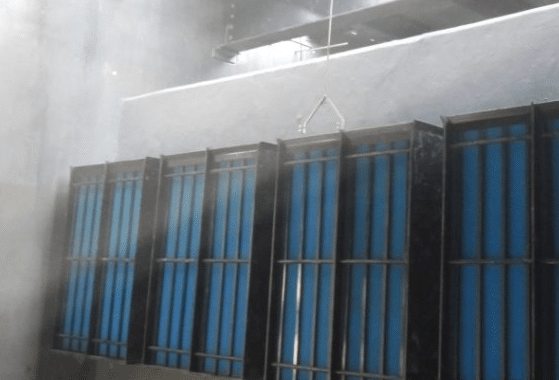Ever thought about How to Install an Air Compressor Oil Water Separator? or how much water might be in your air compressor’s discharge? This could lead to expensive equipment failures. Learning to install an air compressor oil water separator can protect your investment and improve efficiency. We’ll show you how to do it yourself, focusing on keeping your discharge clean for better air compressor performance.
Oil water separators are key in removing moisture from the air. This is a big problem that can damage pneumatic tools. By using good separation technology, businesses can save energy and avoid costly downtime. Plus, knowing how to install one can make your operations more efficient and cost-effective. Let’s explore the basics of air compressor oil water separators!
Key Takeaways
- Proper installation is vital for better compressor efficiency.
- Clean discharge helps avoid corrosion in pneumatic tools.
- A reliable separator can save you a lot of money.
- Regular maintenance is important for long-lasting performance.
- Knowing your compressor’s specs is essential for a good install.
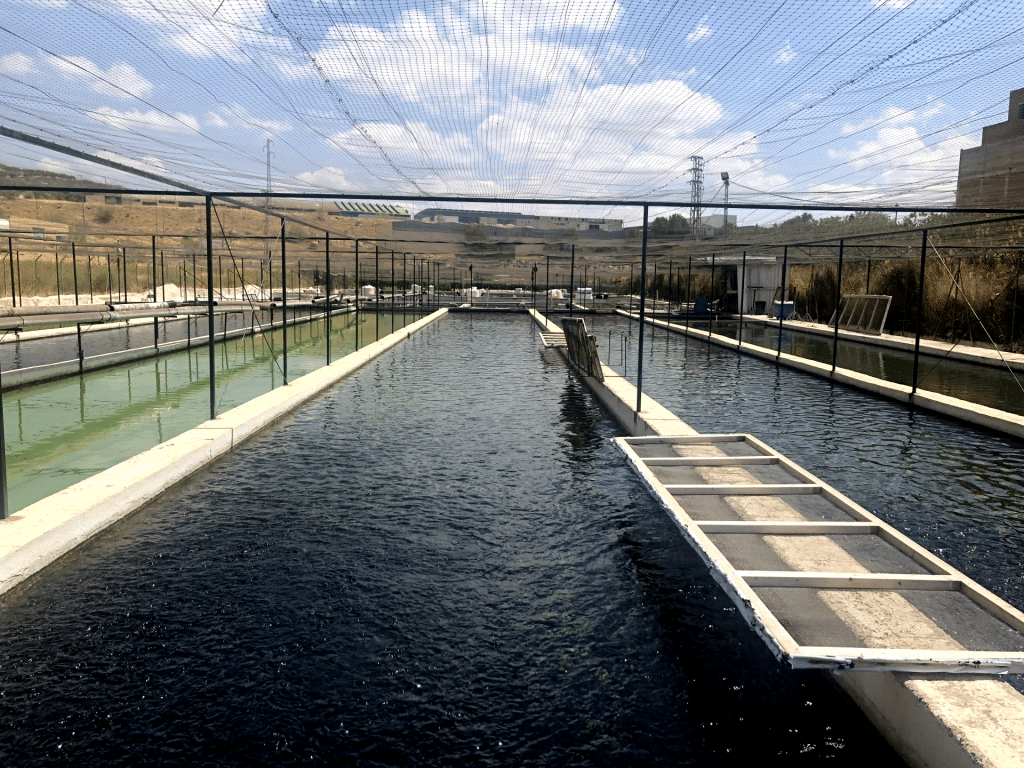
Introduction to Air Compressor Oil Water Separators
An air compressor oil water separator is key to keeping discharged air clean. It removes oil, grease, and other harmful substances from water. This ensures the air compressor system works well and lasts longer.
Without this separation, equipment could get damaged. This could also lead to expensive repairs.
What is an Oil Water Separator?
An oil water separator is a special device for treating wastewater. It removes oils and grease from water. This makes the water clean and safe for the environment.
These separators are great for industries that use air compressors. They provide a reliable way to treat and dispose of wastewater.
Importance of Clean Discharge
Clean discharge is very important. Most used water worldwide is not collected or treated. Systems like air compressor oil water separators are vital.
They help keep pollutants out of the environment. This protects our water and the life in it.
Overview of Freytech Inc. Solutions
Freytech Inc. solutions are known for their reliability and efficiency. Their systems meet all the rules and use the latest technology. This makes them stand out in the industry.
These products are designed for top performance. They make maintenance easier and help with environmental rules. This makes Freytech Inc. a trusted name among professionals.
Understanding Regulatory Requirements
In North America, businesses must follow strict rules about hydrocarbon discharge limits to protect the environment. The Clean Water Act, enforced by the Environmental Protection Agency (EPA), sets these rules. It focuses on the disposal of condensate from air compressor operations. It’s important for businesses to meet these limits to stay compliant and protect the environment.
North American Hydrocarbon Discharge Limits
The North American hydrocarbon discharge limits are set at 10 Parts per Million (10 PPM). This is a key standard for industries that produce condensate. If companies don’t meet these standards, they could face big penalties and harm the environment. Using air water separators can help businesses stay within these limits.
Meeting 10 PPM Standards
To meet the 10 PPM standards, operators need advanced solutions to separate oil from water. Freytech’s oil water separators are designed to meet and often exceed these strict requirements. They achieve a separation efficiency of around 5 PPM. This helps companies stay compliant and avoid penalties.
By using these innovative systems, businesses can help reduce environmental risks. They also improve their operational efficiency.
Benefits of Using Freytech Oil Water Separators
Freytech oil water separators are great for managing condensate from air compressors. They use advanced technology to remove over 99% of oil and stable emulsions. This means the oil carryover from compressors stays at 10 PPM or less, meeting EPA standards.
Enhanced Coalescing Technology
The coalescing technology in Freytech separators is top-notch. It efficiently separates oils from water. This technology helps keep output quality high and reduces environmental harm. Models are available for various air compressor sizes, making them versatile.
Separation Efficiency – 0.1 PPM
Freytech separators can achieve a separation efficiency of 0.1 PPM. This makes the discharge from air systems much cleaner. It meets environmental rules and improves operational practices in many industries. The OSB™ models come in different sizes and handle various types of condensate, making them very useful.
Reusable Coalescing Media
Freytech separators have reusable coalescing media that’s easy to clean. This reduces maintenance costs and ensures reliability. It’s great for facilities looking to improve efficiency without sacrificing safety or compliance. For more on oil water separators, check out Freytech here.
Tools and Materials Needed for Installation
Installing an air compressor oil water separator needs the right tools and materials. Preparing the right equipment before starting makes the process smoother. It also ensures the system works well.
Essential Tools for Setup
Having the right tools is key for a good setup. You’ll need:
- Wrenches for securing fittings and connections
- Screwdrivers to fasten components
- Pipe cutters for adjusting lengths of piping
- Tape measures to ensure correct placement of the separator unit
- Level to confirm even installation on a stable surface
- Safety goggles and gloves to ensure personal protection during installation
Recommended Materials and Equipment
Choosing the right materials is important for the separator’s performance. You should use:
- Durable piping that can withstand operational pressures
- Compatible fittings to ensure leak-proof connections
- The oil-water separator unit itself, designed to handle specific system conditions
- Sealants and adhesives for added security against leaks
- Valves to control the flow of fluids effectively
Using top-quality parts makes the installation last longer. It also reduces the chance of problems. A checklist during installation helps avoid missing any important tools or materials.
Step-by-Step Installation Process
Installing an air compressor oil water separator is a detailed process. It ensures the system works well and meets environmental rules. By following these steps, users can make their compressor system more efficient.
Preparing the Installation Site
Start by picking a good spot for the oil water separator. Make sure it’s easy to get to for upkeep. Think about the space you’ll need for future checks and tools.
The area should be flat and strong to hold the equipment. Also, it needs good air flow to keep noise levels down. Industrial compressors can be very loud, over 90 decibels.
Connecting the Separator to the Air Compressor
Next, connect the oil water separator to the compressor. Use the right size pipes for the inlet and outlet. Check the power needs; big units need 220V, small ones 110V.
Make sure the compressor’s amperage fits the outlet. This prevents trips on the circuit breaker.
Setting Up the Oil Skimmer
The last step is setting up the oil skimmer. It removes oil from the separator, keeping the discharge clean. Place the oil skimmer right and connect it well.
Check the connections often for leaks. Soapy water can spot leaks early. Regular maintenance, like checking the air filter and hoses, keeps the system running long.
Maintenance Tips for Longevity
Keeping your air compressor oil water separator in top shape is key. Regular care boosts its performance and life span. Here are some tips to keep your equipment running smoothly and reliably.
Regular Cleaning of Coalescing Media
Cleaning the coalescing media often is a must. You might need to do this every one to three months, depending on how much you use it and where it is. This keeps the separator working well, making sure it removes oil from the air.
Inspecting Connections and Valves
Checking connections and valves regularly is important. Do this at least once a month. If your equipment vibrates a lot or is in a dusty area, you might need to check more often. This helps avoid air leaks, saving energy and money.
Keeping the Oil Skimmer Functioning
It’s important to keep the oil skimmer in good shape. Check it every month and replace any parts that are worn out. A well-kept skimmer helps manage condensate and keeps the discharge clean, meeting regulations.
Troubleshooting Common Issues
Keeping an air compressor oil water separator running well means knowing about common problems. Spotting these issues and fixing them can make your system more reliable. You might see problems like separation not working right, clogs, or oil mixing with water. But, with the right steps, you can solve these problems.
Identifying Separation Issues
Problems with separation can come from using the wrong oil or not keeping things clean. It’s important to watch for signs like lower air pressure or less separation. Check the oil levels and make sure you’re using the right oil to fix these issues.
Regular checks can help find problems early on.
Resolving Clogging Problems
Clogs can mess up air flow and make things less efficient. Cleaning filters and hoses regularly is key. Do monthly checks to see how everything is doing.
Keeping oil carryover in check also helps avoid clogs. Fixing clogs fast can save you money in the long run.
What to Do If Oil Emulsification Occurs
Oil mixing with water is a sign of too much water or wrong oil. Watch for oil levels dropping or strange noises from the compressor. If you see oil mixing, drain the separator and change the oil to the right type.
Sticking to a maintenance schedule can help avoid oil mixing problems.
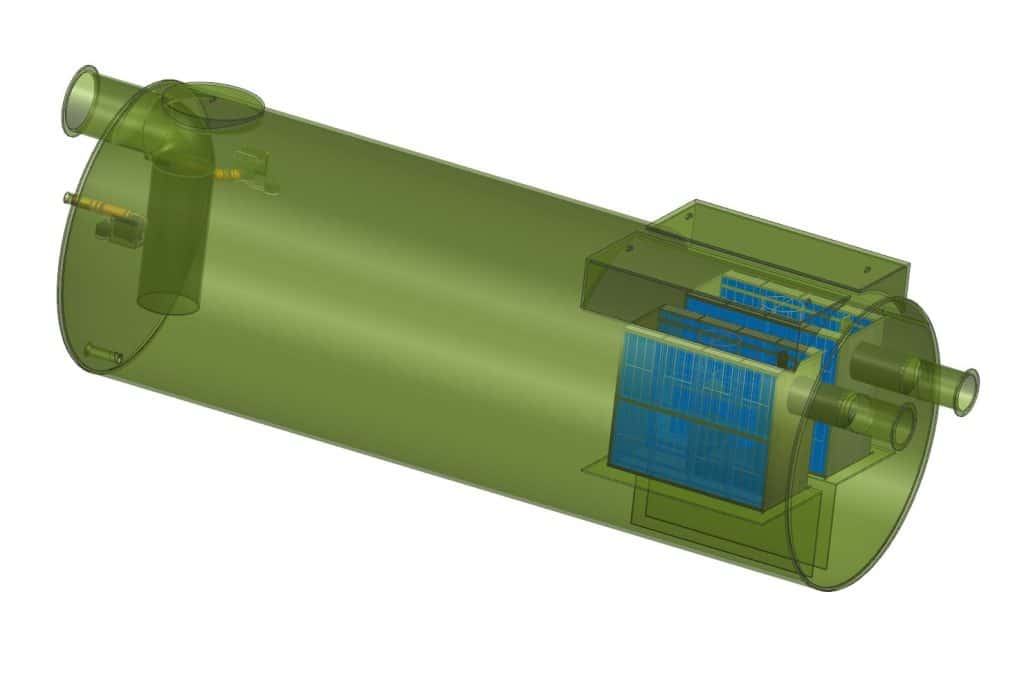
Environmental Impact of Oil Water Separators
Air compressor oil water separators are key to keeping our environment clean. They cut down on hydrocarbon pollution in industrial areas. This makes sure that what comes out of operations is clean and meets environmental rules.
Reducing Hydrocarbon Pollution
These separators use advanced tech to remove up to 95% of water from oil. This means less hydrocarbons get into the air. Keeping the air clean is super important in many industries.
It’s important to keep these separators in good shape. If you don’t, they might not work as well. This can hurt the environment and make things worse.
Efficient Recycling of Separated Oil
The oil that gets separated can be recycled and used again. This makes it valuable and helps reduce waste. It also makes operations more efficient.
Regular maintenance is key to keeping these separators working right. It saves money on energy and makes the air compressor last longer. This shows how oil water separators help make industries more sustainable.
Case Studies: Success Stories with Freytech
Freytech oil water separators have made a big difference in many industries. They are used in manufacturing, healthcare, and automotive. These units keep compressed air systems clean and efficient.
Companies see a big boost in performance and efficiency. Some have seen a 20% increase in how well they operate.
Industry Applications
In manufacturing, Freytech oil water separators help manage condensate well. Condensate can have 1% to 2% water and impurities. It’s important to separate these for environmental rules like the EPA’s Clean Water Act.
Companies say these separators make their air compressors last longer. Without a separator, compressors can wear out by nearly 50%.
Customer Testimonials
Freytech customers are very happy with their oil water separators. They say maintenance costs go down by about 30%. This is because they don’t need to fix things as often.
Users also talk about how smooth things run and how much energy they save. They see up to 10% better efficiency. To learn more, check out the Freytech oil water separators page.
Contact Freytech for Expert Guidance
Getting help with oil water separators is key. Freytech’s customer support is ready to help. They offer advice on what you need for your equipment.
Need to know about product features or have technical questions? The Freytech team is here to help. They’ll guide you to the best solution.
Customer Support Information
Freytech values good customer service. Call +1 (305) 372-1104 for quick help. This line is open for questions on installation, maintenance, and troubleshooting.
The support staff is knowledgeable. They make sure you get the right info fast. This helps with your oil water separator needs.
Schedule an On-Site Consultation
Want a more personal touch? Book an on-site consultation with Freytech. It’s a chance to talk about your system’s needs and how to improve it.
On-site visits let Freytech give you tailored advice. They can help make your setup more efficient. Contact them to book your consultation.

Conclusion
Installing oil water separators is very important. They help keep equipment in good shape by stopping rust and corrosion. This is true for air tanks, pipelines, and tools.
These devices can make air compressor equipment last up to 50% longer. This means better performance and big savings for companies over time.
Switching to better air compressors, like those from Freytech, is key for businesses. For example, certain water separators remove up to 98% of water. This makes the air quality better, which is vital for many tasks.
By focusing on these separators, companies can make their compressors work 20% better. This is a big improvement.
In conclusion, businesses should use these advanced technologies to handle moisture well. Keeping these separators in good shape is important. It helps follow environmental rules and makes operations more sustainable.



